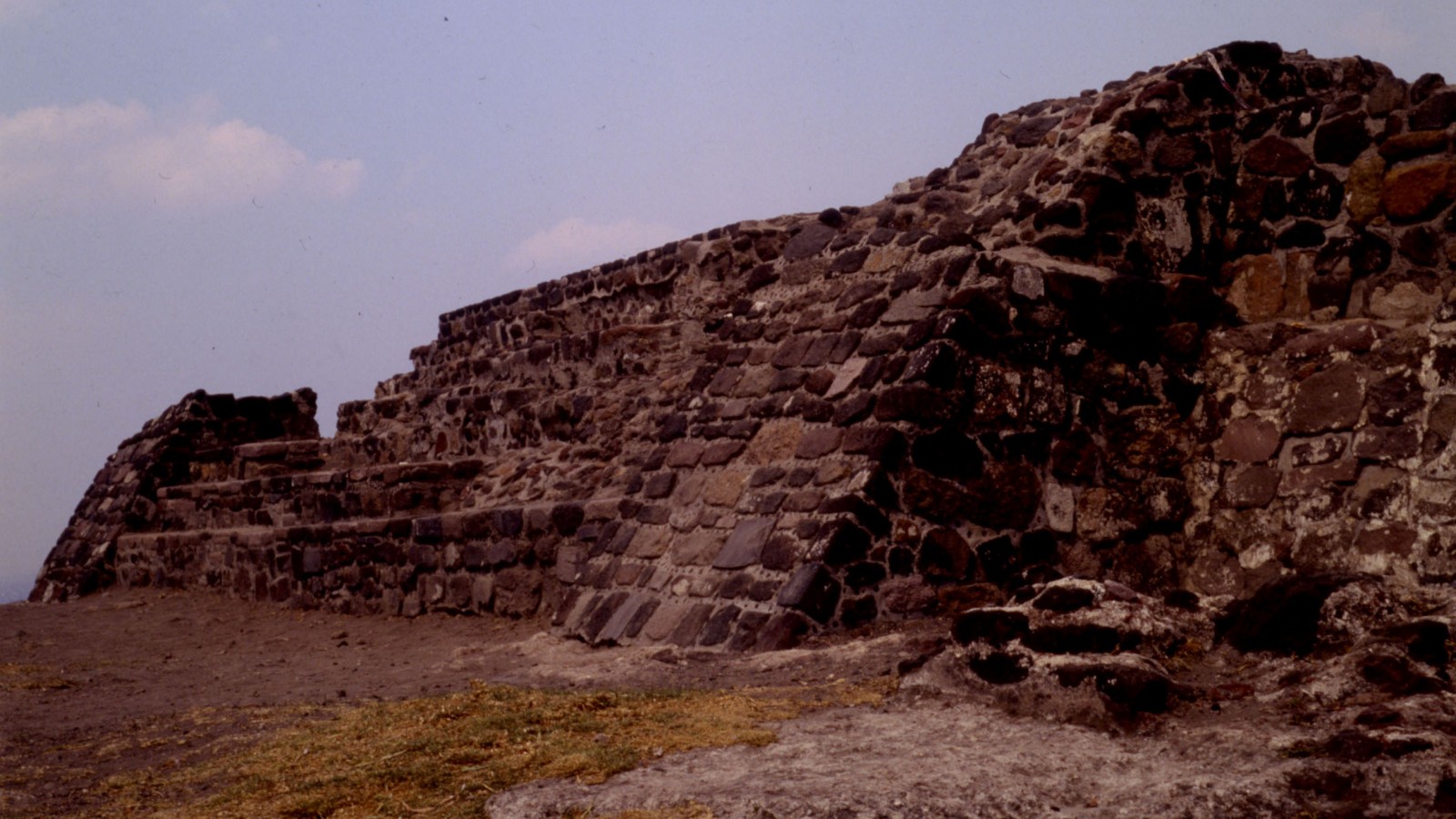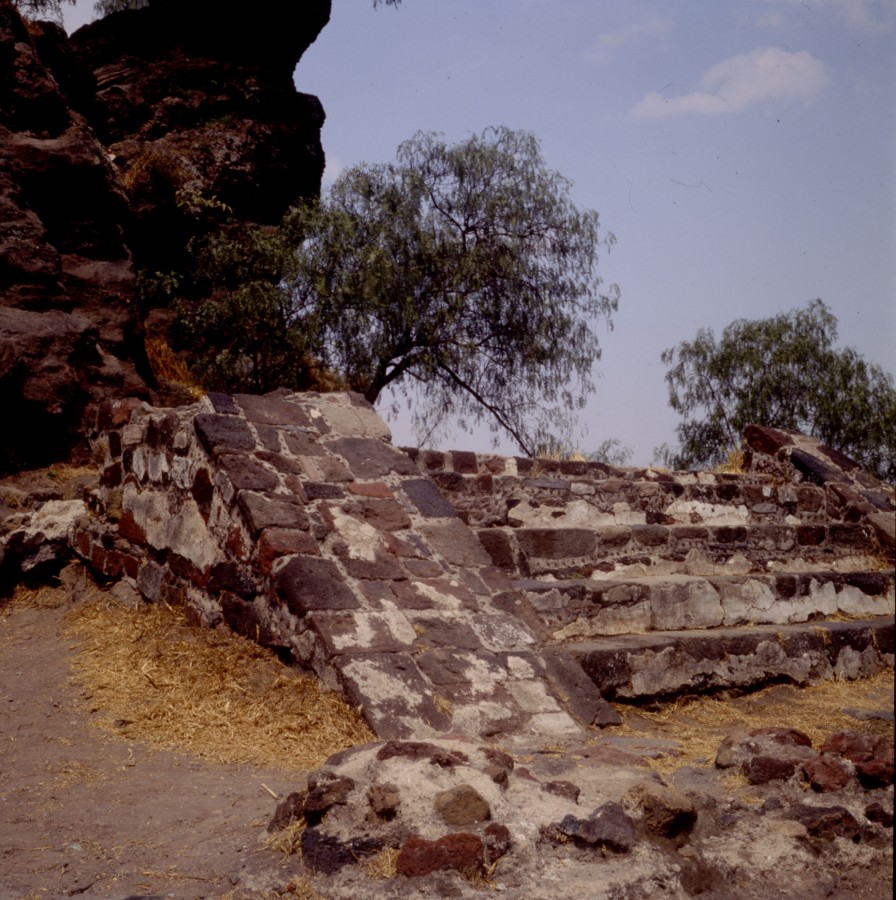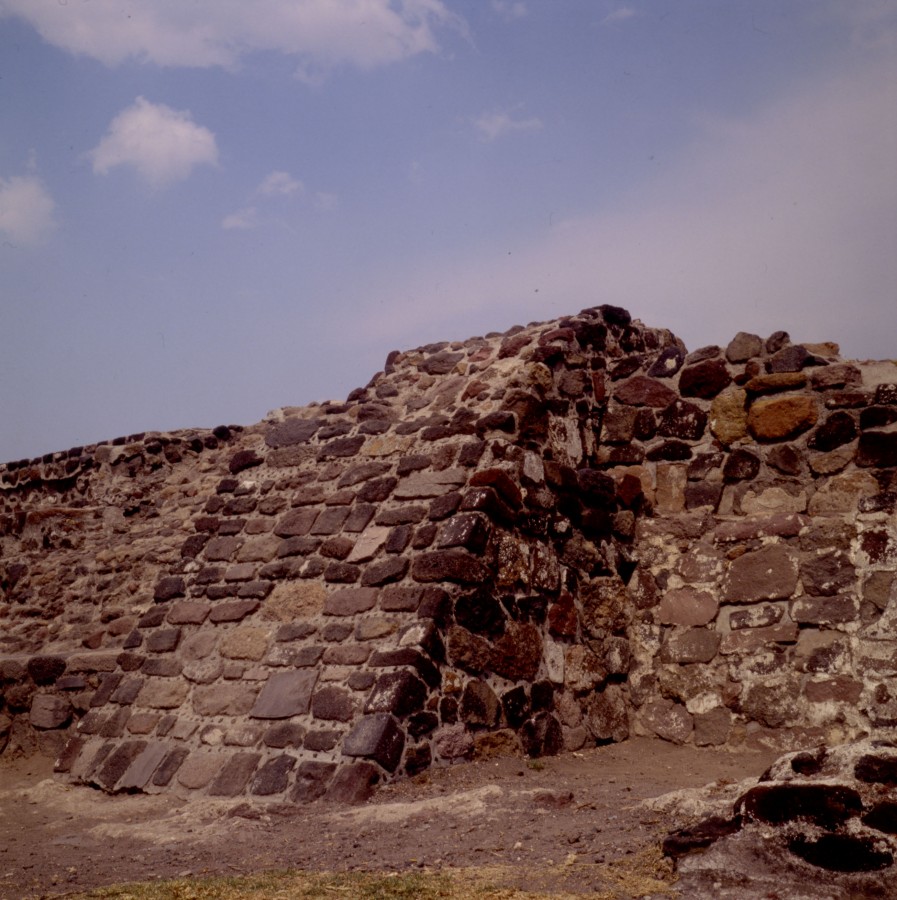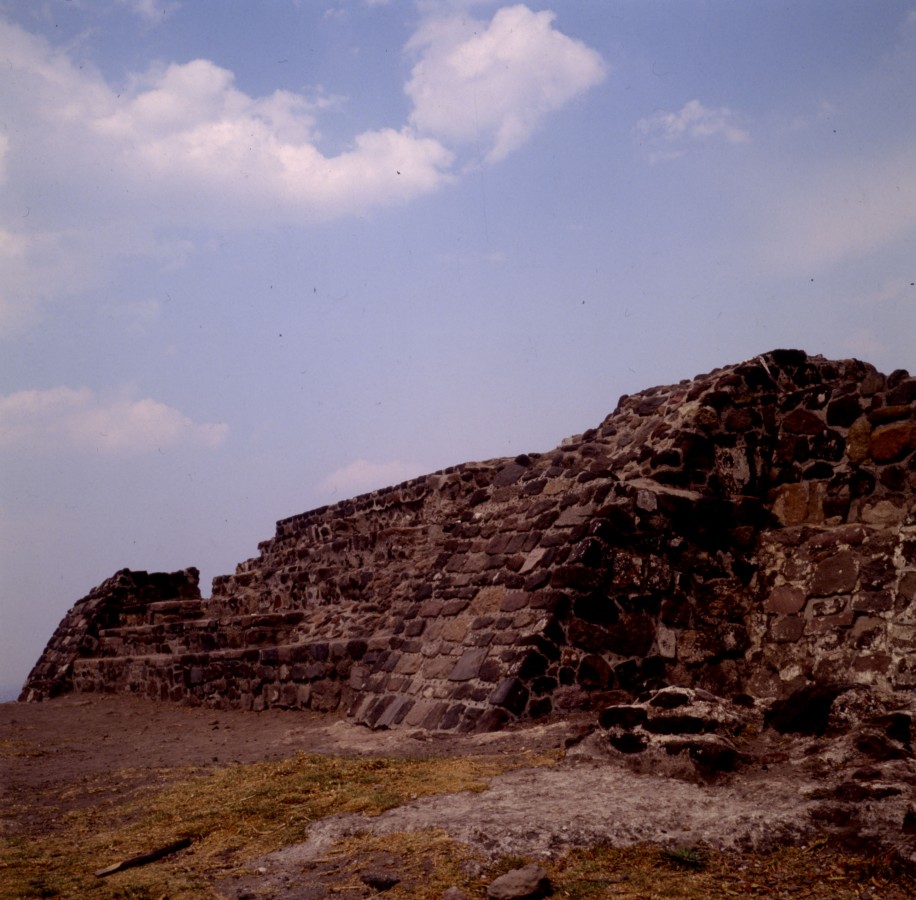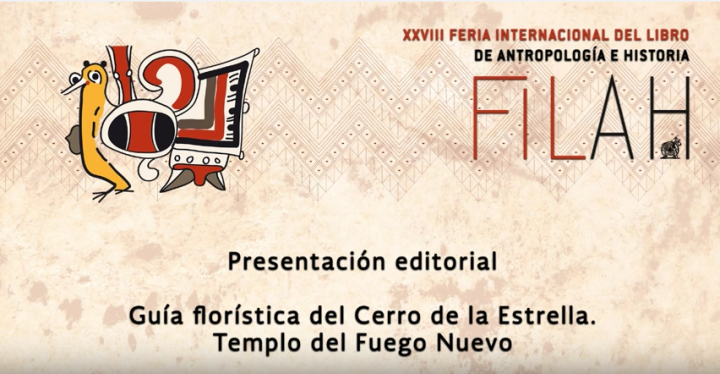Cerro de la Estrella
Named after the colonial-period Hacienda de la Estrella, located on the flanks of the hill.
The slopes of the hill where the hacienda was located had been inhabited from the earliest times, and the settlement grew in importance as the site of New Fire ceremonies, believed to revive the sun at the end of the cycle. It was celebrated every 52 years with ceremonies held in 1351, 1403, 1455 and 1507. The fall of Tenochtitlan prevented the celebration of the fifth event.
About the site
The archeological site is situated on top of the Cerro de la Estrella, in Iztapalapa. The ancient inhabitants of the Central Highlands called the place Huizachtepetl. This site was of great importance because it was where the "xiuhmolpilli" or New Fire ceremony to regenerate time and the sun took place every 52 years.
Excavations have shown that this settlement was occupied for a long period, from the Preclassic (1000 BC) up to the conquest of Mexico in 1521. The site’s first inhabitants settled in small villages on the slopes of the Cerro de la Estrella, with early signs of farming. Numerous structures were built from 600 to 900 AD, increasing the size of the population. Chroniclers such as Bernardino de Sahagún, Toribio Benavente Motolinía and Juan de Torquemada mention that from 900 to 1300 Chichimec groups arrived in the western section of the hill where the city of Culhuacan was founded.
The Mexica defeated Azcapotzalco around the year 1300, expanding their territory into the Colhua region, where they subjugated the population and established the town of Iztapalapa, which, together with Culhuacan, protected the southern approach to Tenochtitlan and provided sources of food for the central inhabitants.
The first excavations and archeological work took place in 1974-75 under the direction of Jorge Acosta. The Department of the Federal District carried out works on the slopes of the hill in 1976, and in the process of laying foundations the remains of a stucco floor, walls and ceramic fragments were uncovered. Investigations of the hill uncovered a cist built from craniums lined up like stones together with the remains of infants. It is notable that the bones show cut marks and signs of having been burnt, as if the children had been dismembered and ritually consumed. The stucco which covered the sidewalks contained the remains of bones, while fragments of basket, incense burners, beads of green stone, copper rattles and a green stone whistle were found in the debris covering the pyramid. A fired clay box containing a head of Xipe Totec was found under the floor of the terrace built in front of the pyramid.
Excavations have shown that this settlement was occupied for a long period, from the Preclassic (1000 BC) up to the conquest of Mexico in 1521. The site’s first inhabitants settled in small villages on the slopes of the Cerro de la Estrella, with early signs of farming. Numerous structures were built from 600 to 900 AD, increasing the size of the population. Chroniclers such as Bernardino de Sahagún, Toribio Benavente Motolinía and Juan de Torquemada mention that from 900 to 1300 Chichimec groups arrived in the western section of the hill where the city of Culhuacan was founded.
The Mexica defeated Azcapotzalco around the year 1300, expanding their territory into the Colhua region, where they subjugated the population and established the town of Iztapalapa, which, together with Culhuacan, protected the southern approach to Tenochtitlan and provided sources of food for the central inhabitants.
The first excavations and archeological work took place in 1974-75 under the direction of Jorge Acosta. The Department of the Federal District carried out works on the slopes of the hill in 1976, and in the process of laying foundations the remains of a stucco floor, walls and ceramic fragments were uncovered. Investigations of the hill uncovered a cist built from craniums lined up like stones together with the remains of infants. It is notable that the bones show cut marks and signs of having been burnt, as if the children had been dismembered and ritually consumed. The stucco which covered the sidewalks contained the remains of bones, while fragments of basket, incense burners, beads of green stone, copper rattles and a green stone whistle were found in the debris covering the pyramid. A fired clay box containing a head of Xipe Totec was found under the floor of the terrace built in front of the pyramid.
Did you know...
- The Mexica conceived of the universe as a great flower with four petals representing the cardinal directions, while at the center of the flower lay the great Tenochtitlan.
- In order to avoid the “death of the Sun," which would bring total darkness to the universe, the priesthood would carry out a New Fire ceremony every 52 years, at the moment when the start of the solar and lunar years coincided.
- Research has revealed that the Colhua were the first to use the summit of the hill to carry out the "toxiuhmopolli" or New Fire ceremony.
Practical information
Tuesday to Sunday from 09:00 to 17:00 hrs.
Free entry
Se localiza al sureste de la Ciudad de México, en la cima del Cerro de la Estrella en la delegación Iztapalapa.
Via Calzada Estrella, it is very close to the intersection of Ermita Iztapalapa and Av. Javier Rojo Goméz.
Metro Line 8, station Iztapalapa- Cerro de la Estrella.
Metro Line 8, station Iztapalapa- Cerro de la Estrella.
Services
-
+52 (55) 55 22 44 46
Directory
Subdirectora de la Dirección de Estudios Arqueológicos
Laura Castañeda Cerecero
This email address is being protected from spambots. You need JavaScript enabled to view it.
+52 (55) 55 22 41 08, ext. 413401

